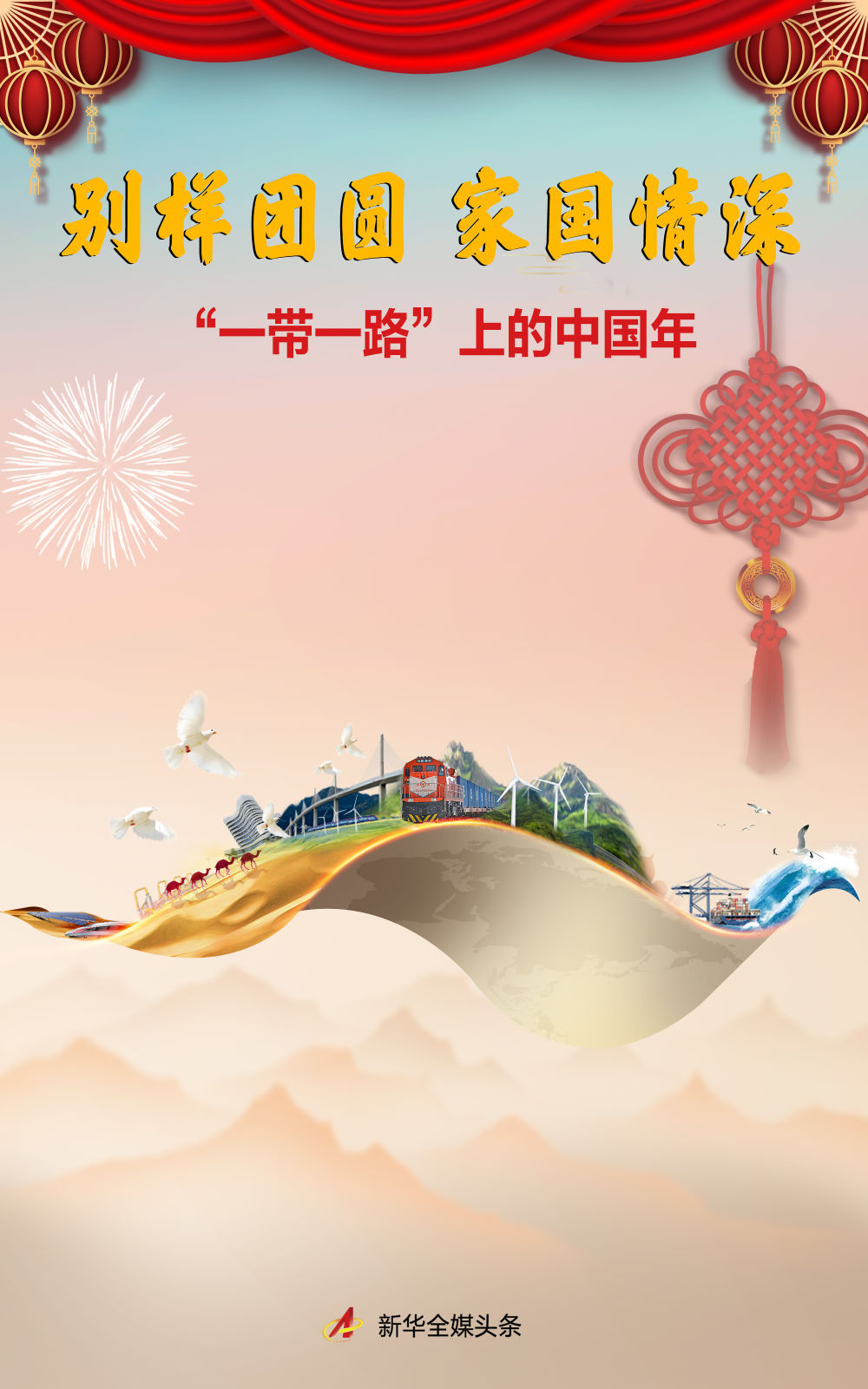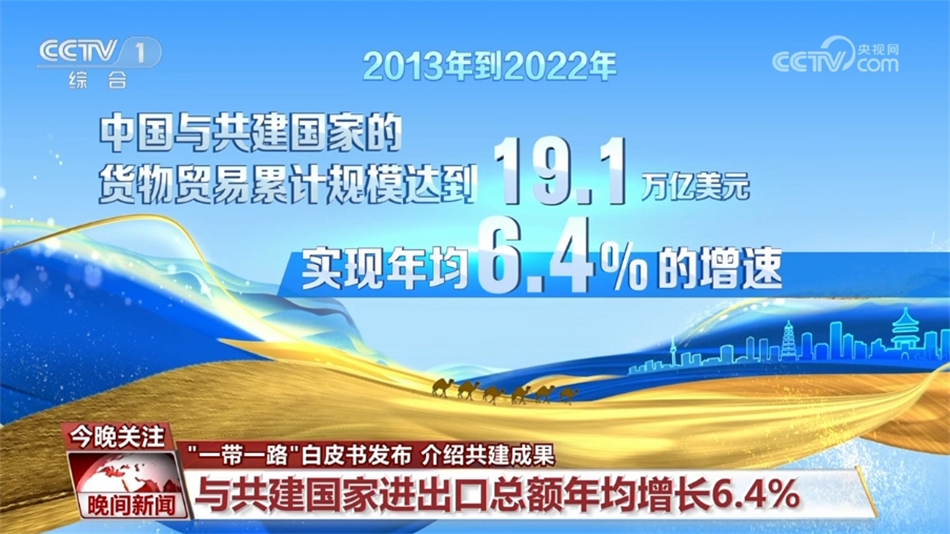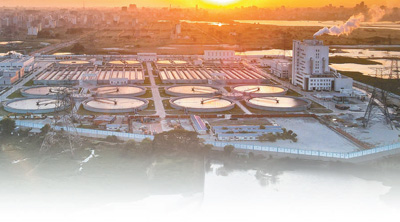The Silk Road: The Golden Channel For The Prosperity And Exchange Between The East And The West In Ancient Times
The Silk Road: The Golden Channel For The Prosperity And Exchange Between The East And The West In Ancient Times
In the long river of human history, the Silk Road, as an important link for exchanges between the East and the West, has shown a shocking and prosperous scene. It is not only a trade channel, but also a bridge for the exchange of culture, technology and ideas, promoting the prosperity and development of ancient civilizations.
In the long river of human history, the Silk Road, as an important link for exchanges between the East and the West, has shown a shocking and prosperous scene. It is not only a trade channel, but also a bridge for the exchange of culture, technology and ideas, promoting the prosperity and development of ancient civilizations.
1. Historical background and geographical layout of the Silk Road
The Silk Road originated around the 2nd century BC and connected China with Central Asia, West Asia and even Europe. It spans vast deserts, mountains and oasis, and runs through the intersection of Eastern and Western civilizations. The route is mainly divided into two parts: the onshore Silk Road and the maritime Silk Road, forming a complex and efficient trade network.
2. Prosperous trade scenarios
The busy scenes of the caravans on the Silk Road are unforgettable. The bustling caravans shuttled between the desert and the oasis, becoming a vivid portrayal of this ancient passage. The caravan members carried a wide range of goods, from silk, porcelain, tea from China, gems and spices from Central Asia, to gold, silver and spices from West Asia, with rich and diverse products and colorful colors.
The oasis along the way becomes a rest station and trading center for caravans. In the market, all kinds of goods are piled up, and vendors trade in multiple languages, showing the integration of diverse cultures. Camels and horses in the caravan walked slowly in the scorching sun, and sand and dust flew, forming a spectacular trade scroll.
3. Cultural and technological exchanges in trade
The Silk Road is not only the flow of goods, but also the link of cultural exchanges. Buddhism was introduced to China from India, and Islam was introduced to West Asia from Central Asia, promoting the exchange and integration of religion, art and technology. The teaching of skills has brought about improvements in ceramics, textiles, metallurgy and other processes, and promoted economic development in various regions.
4. The influence and modern significance of the Silk Road
The prosperity of the ancient Silk Road promoted economic cooperation and cultural exchanges between the East and the West, and made great contributions to the development of world civilization. Today, with the proposal of the "Belt and Road" initiative, the spirit of the Silk Road has been awakened again and has become an important symbol of promoting global cooperation and development.
5. Summary
As the golden channel for ancient civilizations, the Silk Road demonstrates mankind's common desire to pursue prosperity and exchanges. Its prosperity scene, bustling caravans and colorful goods have become an indelible memory in history and provide valuable experience and inspiration for modern globalization
#Memories that cannot be forgotten#







